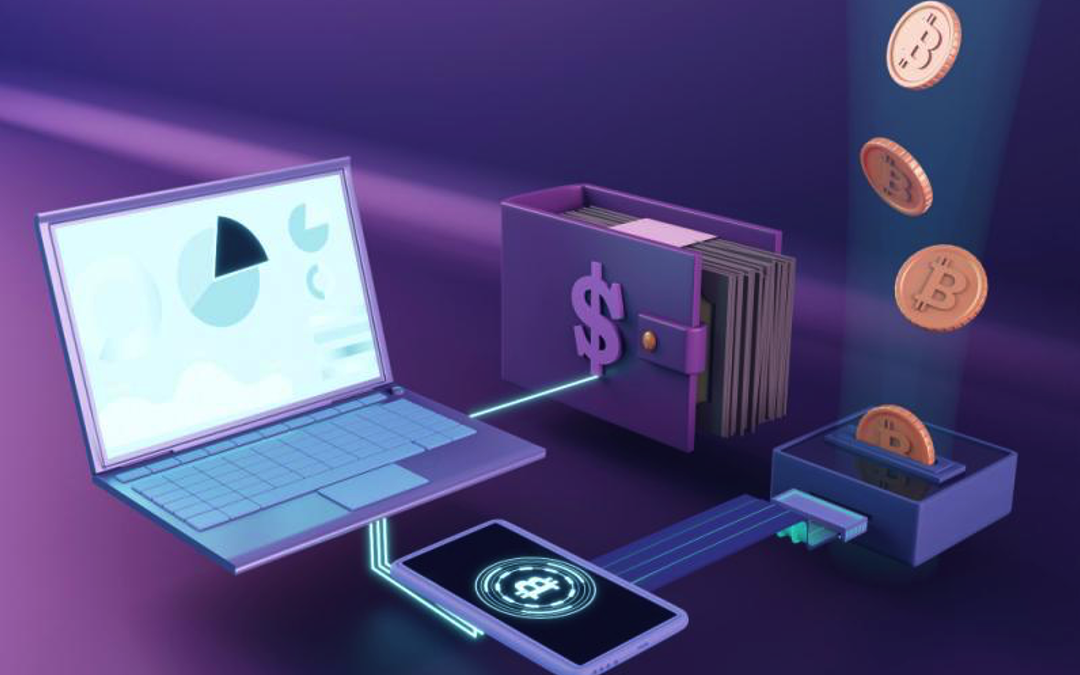
Cryptocurrency exchanges have become the cornerstone of the digital asset economy, facilitating the buying, selling, and trading of various cryptocurrencies. As the crypto market continues to expand and evolve, many entrepreneurs are considering entering the space by launching their exchanges. However, one of the most critical factors to consider before embarking on this journey is the cost of cryptocurrency exchange development.
In 2024, the overall budget of developing a cryptocurrency exchange can vary significantly depending on various factors such as features, security measures, regulatory compliances, and development approach. Typically, the cost of cryptocurrency exchange development varies between $40,000 to $300,000 or more.
Let's delve into these aspects to understand the expenses involved comprehensively.
Factors That Influence the Cost of Cryptocurrency Exchange Development
Let's dive into the key factors that influence the costs associated with cryptocurrency exchange development to gain a comprehensive understanding.
Development Approach
The development approach plays a crucial role in determining the cost of a cryptocurrency exchange. Entrepreneurs can choose between building their exchange from scratch or utilizing white-label solutions or open-source platforms.
- Building from Scratch: Developing a cryptocurrency exchange from scratch offers unparalleled flexibility and customization options. However, it can impact the overall development costs significantly, as it involves hiring a team of developers, designers, and other professionals to build the exchange from the ground up. Depending on the complexity of the exchange, the cost can range from hundreds to thousands of dollars.
- White-label Solutions: White-label solutions provide pre-built exchange software that can be customized according to the client's requirements. While this option significantly reduces development time and costs compared to building from scratch, entrepreneurs still need to invest in customization, branding, and additional features. The cost of white-label solutions can range from tens of thousands to a few hundred thousand dollars.
- Open-Source Platforms: Open-source platforms like OpenDAX, Peatio, and Bisq offer a cost-effective solution for launching a cryptocurrency exchange. Since the core software is freely available, entrepreneurs only need to invest in customization, security enhancements, and regulatory compliance. The cost of using open-source platforms can range from a few thousand to tens of thousands of dollars.
Features and Functionality
The cost of cryptocurrency exchange development also depends on the features and functionality incorporated into the platform. Basic features include order matching, wallet integration, trading charts, and user authentication. However, entrepreneurs may choose to include advanced features such as margin trading, futures contracts, decentralized finance (DeFi) integration, and multi-currency support, which can significantly increase development costs.
Security Measures
Security is paramount in the cryptocurrency space due to the prevalence of hacking attacks and fraudulent activities. Implementing robust security measures such as two-factor authentication (2FA), cold storage for funds, DDoS protection, and encryption can add to the overall cost of exchange development. Additionally, obtaining security certifications and conducting regular security audits are essential but may incur additional expenses.
Regulatory Compliance
Regulatory compliance is another crucial aspect not overlooked when developing a cryptocurrency exchange. Depending on the exchange's jurisdiction, entrepreneurs may need to comply with anti-money laundering (AML) and know-your-customer (KYC) regulations, obtain relevant licenses, and implement compliance protocols. Ensuring regulatory compliance may require legal expertise and can contribute to the overall cost of exchange development.
User Feedback and Iterative Development
Incorporating user feedback and engaging in iterative development processes can also impact the cost of cryptocurrency exchange development. Continuous refinement based on user input, market trends, and technological advancements may necessitate additional development cycles, leading to increased expenses.
Scalability and Performance Optimization
As the cryptocurrency market grows and user demand increases, scalability, and performance optimization become critical factors influencing development costs. Ensuring that the exchange can handle a large volume of transactions without sacrificing speed or reliability may require investments in infrastructure, technology upgrades, and performance testing.
Third-Party Integration
Integrating third-party services into a cryptocurrency exchange is often necessary to enhance functionality, improve user experience, and ensure regulatory compliance. These services may include payment gateways for fiat currency deposits and withdrawals, liquidity providers to ensure sufficient trading volume, market data providers for accurate pricing information, and compliance tools for KYC/AML verification. The cost of third-party integrations can vary depending on the complexity of the integration, the reputation and pricing structure of the service providers, and any customization or additional features required.
Maintenance and Support
Launching a cryptocurrency exchange is just the beginning of the journey, as ongoing maintenance and support are crucial for ensuring the platform's stability, security, and usability over time. Maintenance tasks may include software updates incorporating new features, security patches to address emerging threats, performance optimization to handle increasing user traffic, and bug fixes to resolve any issues. Additionally, timely and effective customer support is essential for addressing user inquiries, resolving technical issues, and maintaining user satisfaction. Furthermore, the complexity and scope of these maintenance tasks often increase over time as the exchange grows and evolves, contributing to the ongoing costs associated with maintaining and supporting the platform.
Conclusion
The cost of cryptocurrency exchange development in 2024 can vary widely depending on factors such as development approach, features, security measures, and regulatory compliance. Entrepreneurs should carefully evaluate their requirements and budget constraints before embarking on the journey of building a cryptocurrency exchange. While the initial investment may seem significant, a well-developed and secure exchange can offer lucrative opportunities in the rapidly growing crypto market.
Share this post
Leave a comment
All comments are moderated. Spammy and bot submitted comments are deleted. Please submit the comments that are helpful to others, and we'll approve your comments. A comment that includes outbound link will only be approved if the content is relevant to the topic, and has some value to our readers.

Comments (0)
No comment